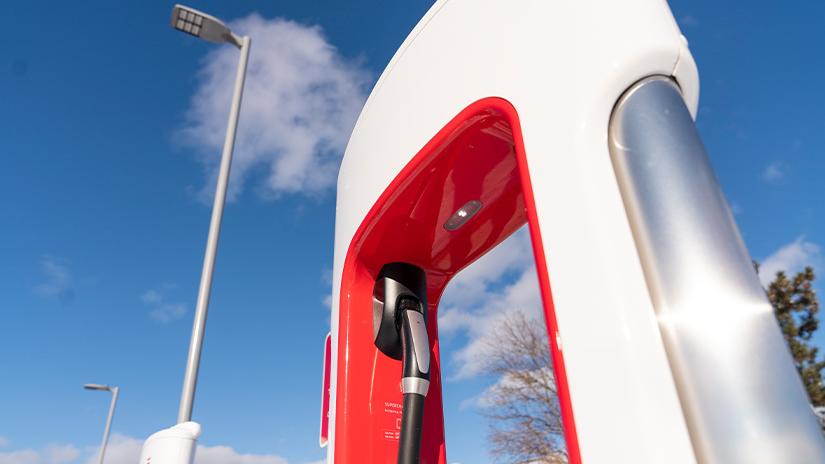Emergency Certified Electricians in Dallas, TX.
Call this Saturday to Get 15% OFF
Emergency Certified Electricians in Dallas, TX.
Call this Saturday to Get 15% OFF

A lot can impact the time it takes to charge an electric vehicle. The vehicle’s charging capability, the size of the battery, the charging station, its output, and many more factors play a role in the duration of charging the car. Look at the different factors that play a role in determining how long it takes to charge your electric vehicle.
Level 1 power outlets charge at the least amount of power, while level 2 power outlets charge twice as fast and can plug into outlets like the ones dryers use. You will be needing help from an electrician to install a level 2 EVSE in your home. Level 3 chargers are more advanced, using a high-voltage current that goes directly to the car’s battery. However, they do have some setbacks like not being compatible with every electric vehicle, very expensive, and not being easy to access anywhere. Many drivers also prefer a combined charging system, which is a power source that combines level 1 and 2 chargers. If you decide on a charging system for your home and need it installed, call Mr. Electric. We have reliable EVSE installers that can set the system up in no time.
Not all EV batteries are produced the same. Truth be told, there is all in all a divergence between the potential mile ranges for various electric vehicles. Some cheaper EVs have sufficient reach for most drivers' everyday necessities, while other models gloat range that surpasses numerous gas-powered vehicles. The bigger the battery, the longer it takes to charge. That’s not quite a disadvantage though, since there are fast charging stations that continue to get developed.
While the charging station conveys the capacity to the EV, it is really a charger joined to the EV battery itself that converts power to the battery. An immense battery fitted with a little battery charger would consume a large chunk of the day to charge no matter what the power source at the charging station.
With gas-fueled cars, it’s normal when a driver needs to refill their gas tank before the gas meter hits empty. You wouldn’t want to be stranded on the road so you would refill the whole thing. If you’re thinking that electric vehicles work the same way, we’re here to tell you you’re wrong. The EV battery works best when it’s between 20% and 80% charged. Manufacturers tell you to avoid topping up the battery because the act of charging mixed with heat can affect the thermal management and internal resistance systems in the car.
If you didn’t already know, electric vehicles take a while to charge. This shouldn’t be a problem with all the charging stations and appliances designed for the vehicles. You’ll be benefiting in many areas, including not having to wait in line for gas pumps, charging your vehicle based on your daily needs, and saving money compared to if you were to fill up for gas. Have an EVSE installer brought to your home to set up your charging system along with a qualified electrician from Mr. Electric to help you run through how the system works and to check up on the wiring, and you’ll be good to go.